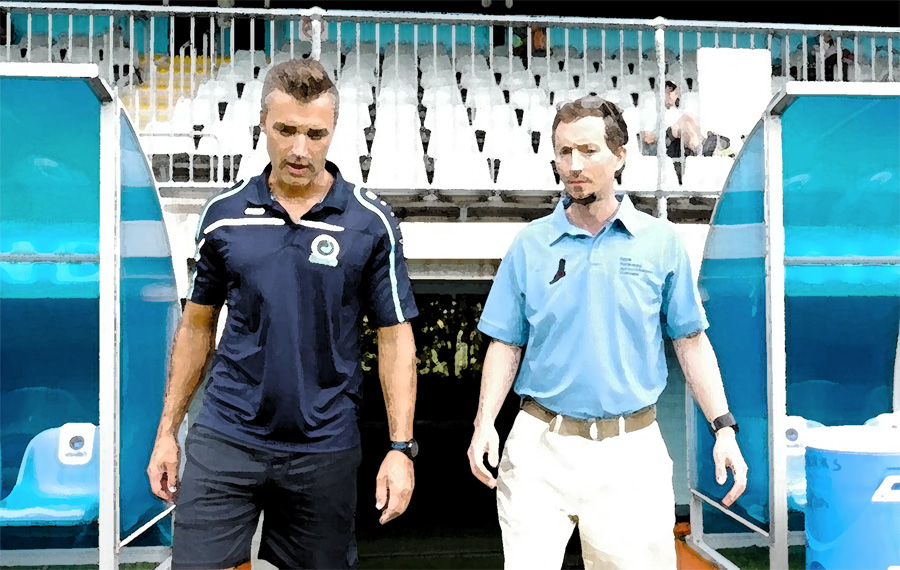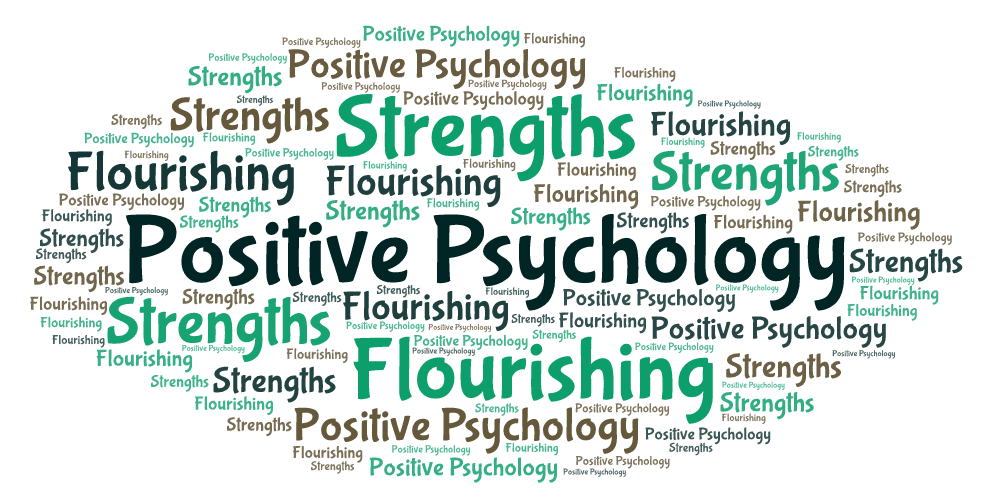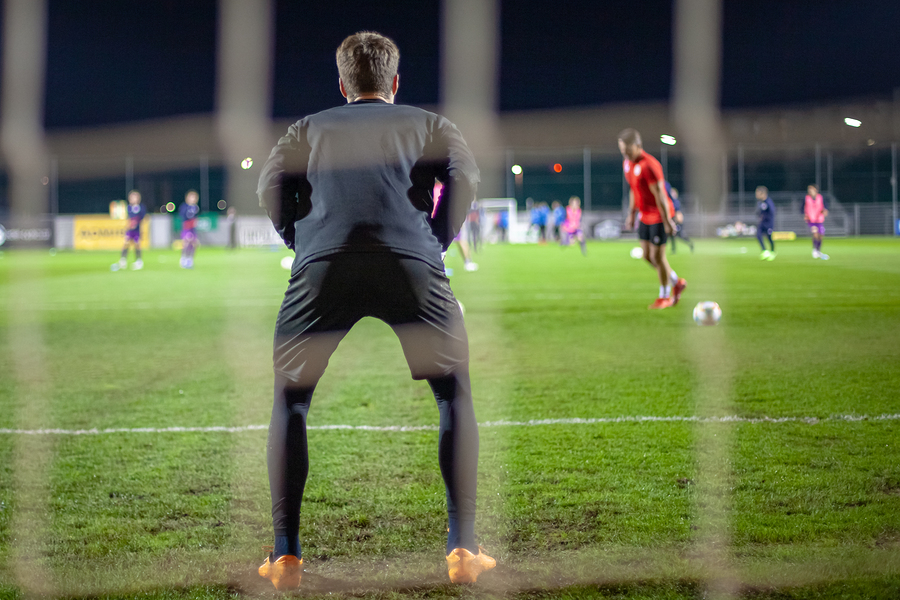
One of the great professional delights for us here at Condor Performance is the opportunity to work alongside sporting coaches. We are privileged to work with coaches across many sports and levels of competition. Most of this consulting is 1-on-1 whereby we help them improve both their own mental toughness as well as their mental coaching skills. Of course these two areas are related but are far from one and the same. So coaching the coaches really means coaching the coaches mentally.
The process of collaborating with coaching staff provides a range of challenges and rewards distinct from working directly with athletes. It is immensely satisfying for us to help coaches redirect some of the vast amounts of time and energy spent on their players back into improving their own performance. That’s right, coaches are performers too even if they don’t actually strap on the boots.
An Unlimited Appetite for Learning
Increasingly at the elite level of sport there is a trend for coaches to take off-season trips. The idea is to ‘pick the brains’ of other organisations in order to bring new perspectives back home. “Study tours” are fascinating exercises with a host of educational benefits. However they’re not exactly cheap and that thing called ‘life’ can get in the way.
We are huge advocates for these study tours but accept they will not be possible for most coaches. Luckily there is a workaround. Start working 1-on-1 with a qualified sport psychologist or performance psychologist from the comfort of your own home.
Of course when it comes to the practical application of coaching tasks and responsibilities it is the coaches themselves who are the experts, not us. But we become involved to provide mental skills training to the coach, not to start developing game plans or overhaul training regimes.
Five Key Questions
Below you will find five key questions for coaches directed at their own performance, not that of their athletes.
HOW ARE YOU PERFORMING OUTSIDE OF THE PLAYING ARENA?
Before we discuss the mental side of your coaching performance, let’s take a moment to look at the bigger picture. Improving your performance in areas which don’t at first appear to be directly linked to the ‘nuts and bolts’ of coaching will in fact directly benefit your work with your athletes. Attending to ‘off-field’ matters will help to increase your physical and mental energy. It will sharpen your focus when coaching. It will enhance your enthusiasm for your duties. Furthermore, it will promote enjoyment of your role and contribute to your general wellbeing. Finally, it will help to address (prevent) burnout in the longer term. The major targets for improvement for any coach, from a lifestyle perspective, are:
- Nutrition. No doubt you’re encouraging your athletes to put the right fuel into their bodies? And while you may not be running around on the court with them it’s important that you do the same. This isn’t just necessary for general health but also for enhancing your mood and improving concentration. Taking care of your nutritional needs seems fairly obvious at first glance. But that’s why it often takes a back seat to other tasks which seem more urgent at the time.
- Sleep. Unfortunately this is not an exact science and a great night of shut-eye can’t be guaranteed. There are various factors which can get in the way of sleep. So anything you can do to increase the chances of a good night’s rest will have flow-on benefits to life and sport. Taking basic steps to plan for and implement good sleeping habits sounds sensible enough. Like nutrition, sleep can be one of the forgotten components in the grand scheme of coaching performance. See this great PDF for more details.
WHAT DOES MENTAL TOUGHNESS LOOK LIKE FOR YOU?
The mental qualities you hope to see in your players are easy enough to picture. But what does mental toughness actually look like for you personally? What are the skills you’re seeking to keep improving upon in order to perform at your best? Below are some points that keen-eyed readers will recognise fall along the lines of the Metuf model. These are all areas we often discuss when coaching the coaches.
Motivation.
What are your reasons for coaching and wanting to do it well? The immediate response to this may be that you love your chosen sport. However it’s helpful to clarify this passion further. Why exactly does coaching appeal to you and what are the rewards which you get in return for your efforts? Knowing what matters to us in terms of our chosen sport means that we can keep these values as non-negotiable aspects of our sporting lives.
Emotions
How well are you able to manage your emotions? That term – manage – is used deliberately and is not a result of the growing ‘business-speak’ in modern society. Although the term ‘control’ is thrown around freely in sports, we cannot control our emotions as we cannot guarantee them. What we can guarantee are the actions that we pick in response to our feelings. Developing competency in recognising and better understanding one’s own emotions – and the impact of these emotions on performance – benefits the coach in their work and enables the coach to teach their athletes similar skills.
Thoughts
Do you spend the majority of your time worrying about aspects you have little or no influence on? For example, your opponents? Food for though, no?
Unity
How well are you able to get your message across to others? Are you able to receive and interpret messages well from others? How effectively can you get messages across to yourself? Communication is a hugely under-utilised skill. Normally this is due to lifelong habits which we have developed in everyday interactions. Even minor modifications can yield powerful changes in tasks such as teaching biomechanics or managing different personalities.
Focus
How well are you able to focus on what is most relevant and useful in your role as a coach? It is equally important to improve your attention in preparation as well as in competitioN. Are you prioritising one over the other at present?
DO YOU HAVE A PLAN TO DEVELOP YOUR SPORTING IQ?
Out on the playing surface, tactical wisdom refers to knowledge about the sport. It’s about decision making skills and knowing ‘when’ to or ‘why’ to do something. There is an enormous difference between ‘how to’ shoot for goal (technique) vs. determining if a shot or a pass is best goal (tactics). Developing decision making skills is something which the vast majority of coaches I’ve encountered have revelled in. I enjoy helping them to teach their athletes how to become smarter and to read the play. How to be proactive rather than reactive.
Off the playing surface these same principles apply for coaches. We want to encourage them to continue learning, to seek new knowledge, and to gain deeper insights into their sport. Tactical wisdom for coaches isn’t restricted to coming up with new game plans. Instead, tactical wisdom is looking at the bigger picture and planning how to acquire and utilise knowledge for the benefit of your athletes. As a coach, if you can recognise what your strengths and weaknesses are knowledge-wise then you’ve immediately begun a process of filling in any gaps and strengthening the existing foundations.
IS YOUR BODY GETTING ENOUGH ATTENTION?
Improving the strength, fitness and flexibility of athletes is of course a key consideration for any coach on any given day. However, we are talking about coaches here and the risk with this group is that enhancing the physical capabilities of athletes will always take priority over your own needs. Taking the time to plan specific goals for improving your physical capabilities and implementing weekly effort towards these goals will benefit your work with clipboard and whistle. It may even help you to come up with some new ideas for punishing your athletes with torturous fitness drills!
ARE YOU REFINING AND UPDATING YOUR TECHNICAL SKILLS?
When discussing technical consistency with an athlete, we would be talking about their ability to execute movements and apply skills the way they want to over and over again across all conditions in competition. That is, ‘how to’ do something. One of the primary concerns of a coach is to help teach athletes these skills. So in order to improve your performance as a coach it is worthwhile considering ‘how to’ teach your charges. It is one thing to demonstrate to a javelin thrower the method for launching that piece of equipment. However, it’s another to be passing on that knowledge in a way that is effective and of most benefit to that individual athlete. It’s hugely useful for coaches to break from habit where possible and review how they go about executing their skills in their role as a coach. How effectively are you teaching your athletes and how satisfied are you in your current ability to pass on skills/knowledge/information to others? As with all the previously mentioned pillars of performance, ongoing improvement in the ‘how to’ of coaching players is the goal here regardless of which technical elements are areas of strength for you as an individual.
If you are a sporting coach and you’d like some info on how we can work with you please contact us via one of the below.
- Fill in the form via our Contact Us page
- Complete the MTQ-C (for coaches) via this link
- Send a regular old email to [email protected] and make sure to include lots of background infomation. For example, your sport, your location, your coaching goals and your challenges.








